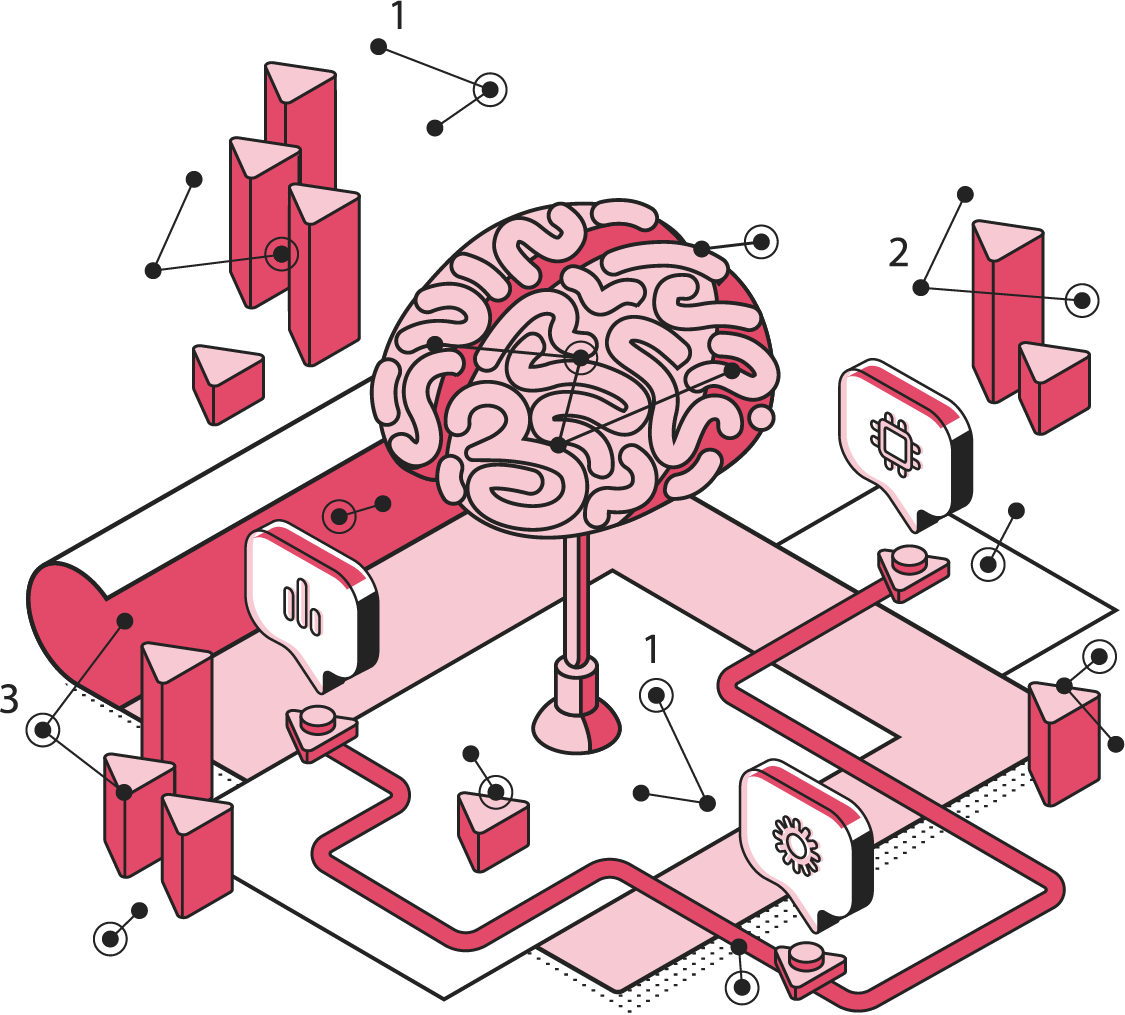The GLS Legal Operations Centre
The ultimate in-house legal department resource stack
Back
Compliance Team Org. Design
What Is It
Compliance Team Org. Design refers to how the compliance function is structured, resourced, and positioned within the organisation. It defines the roles, reporting lines, and levels of independence that determine how compliance is executed, monitored, and governed.
A well-designed compliance team is not just a collection of individuals - it’s a strategic architecture. It ensures that compliance responsibilities are clearly allocated, that there is sufficient expertise to meet regulatory obligations, and that the function has the authority to act when needed.
This station is critical because compliance is inherently cross-functional. Without a clear organisational design, responsibilities become blurred, gaps emerge, and accountability suffers. The result is fragmented compliance, increased risk exposure, and diminished credibility with regulators.
Legal-led compliance design ensures that the structure reflects the organisation’s risk profile, regulatory footprint, and strategic priorities. It also enables defensible governance, efficient resource use, and proactive risk management.
Scope
The scope of Compliance Team Org. Design typically includes:
◼️Definition of compliance roles and responsibilities across legal, business, and governance functions.
◼️Reporting lines and escalation pathways for compliance issues.
◼️Independence standards and conflict-of-interest safeguards.
◼️Resource planning and headcount allocation based on risk exposure.
◼️Integration with legal, risk, audit, and governance teams.
◼️Geographic and business unit coverage models.
◼️Competency frameworks and training requirements.
◼️Oversight mechanisms and board-level visibility.
Resource Status
In GLS legal ops speak – the Compliance Team Org. Design is considered a “Foundational” resource within the process ecosystem of an in-house legal team.
The Foundational Resource is a CRE that is responsible for determining the overall performance capabilities of a “critical” legal function. If it is not optimised, the function can never be optimised.
Best Practice Features
The best practice features of the GLP are as follows:
◼️Structure reflects the organisation’s regulatory footprint and risk profile.
◼️Roles and reporting lines are clearly defined and documented.
◼️Compliance has sufficient independence to escalate issues without interference.
◼️Legal oversight ensures defensibility and strategic alignment.
◼️Resource levels are matched to compliance complexity and volume.
◼️Integrated with enterprise governance functions (e.g., Risk, Audit, Legal).
◼️Supported by competency frameworks and continuous training.
◼️Reviewed regularly to reflect changes in business operations or regulatory landscape.
Business Value
The Compliance Team Org. Design delivers the following value to the Business:
◼️Ensures coverage of all compliance domains and jurisdictions.
◼️Reduces risk of regulatory breaches and enforcement actions.
◼️Improves speed and consistency of compliance decision-making.
◼️Enhances credibility with regulators, investors, and partners.
◼️Supports faster market entry through structured compliance oversight.
◼️Reduces duplication and inefficiency across governance functions.
◼️Enables proactive risk management and issue escalation.
Legal Department Value
For the legal team, a well-designed compliance structure ensures alignment with legal risk frameworks, improves defensibility, and enables strategic oversight. It reduces firefighting, improves collaboration, and supports legal’s role as a trusted advisor on regulatory matters.
Who Needs It
The Compliance Team Org. Design is essential for:
◼️Legal Department Leadership
◼️Compliance Officers
◼️Risk Management Teams
◼️Internal Audit Functions
◼️Board and Executive Leadership
◼️Legal Operations Teams
Productivity Consequences
A legal team operating without a Compliance Team Org. Design will face a wide range of inefficiencies including:
◼️Role confusion and accountability gaps.
◼️Fragmented compliance coverage across jurisdictions and business units.
◼️Delays in issue escalation and resolution.
◼️Increased exposure to regulatory enforcement.
◼️Poor collaboration between legal, compliance, and business teams.
◼️Difficulty in measuring compliance performance and resource needs.
Tech Implication
While org. design is not a tech product, it directly impacts how compliance technology is deployed. Clear roles and reporting lines enable better configuration of GRC platforms, workflow tools, and regulatory tracking systems. It also supports automation and analytics by defining ownership and data flows.

The GLS Legal Operations Centre
Register to access your complimentary Day 1 Resource Stack packed with legal team performance resources.

GLS Ultimate Guide To Legal Operations
Download this and read it thoroughly and regularly. It is a wonderful transformation companion.

Book A No-Obligation Consultation
If you would like discuss your legal transformation needs, please book a 30 minute free consultation with us.

GLS Legal Transformation Boot Camp
Our hugely successful, 10-week long, email-based boot camp on how to effectively transform your legal team.




